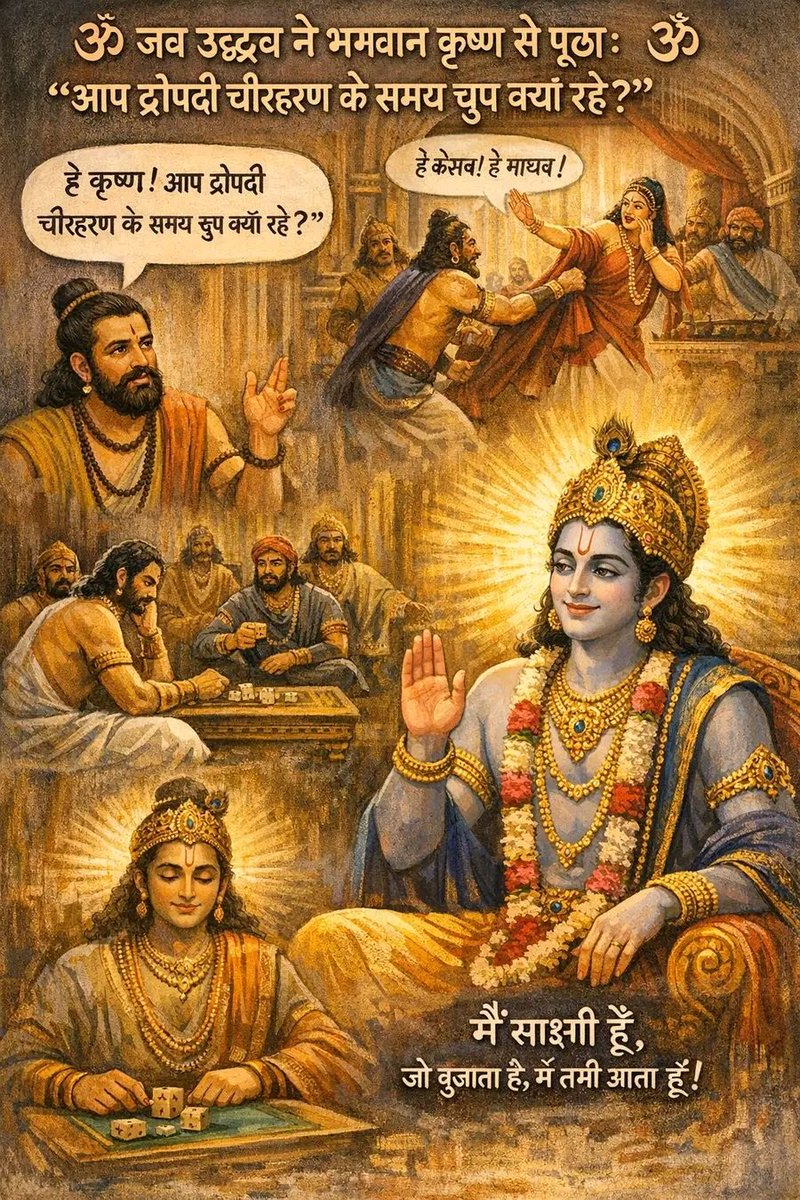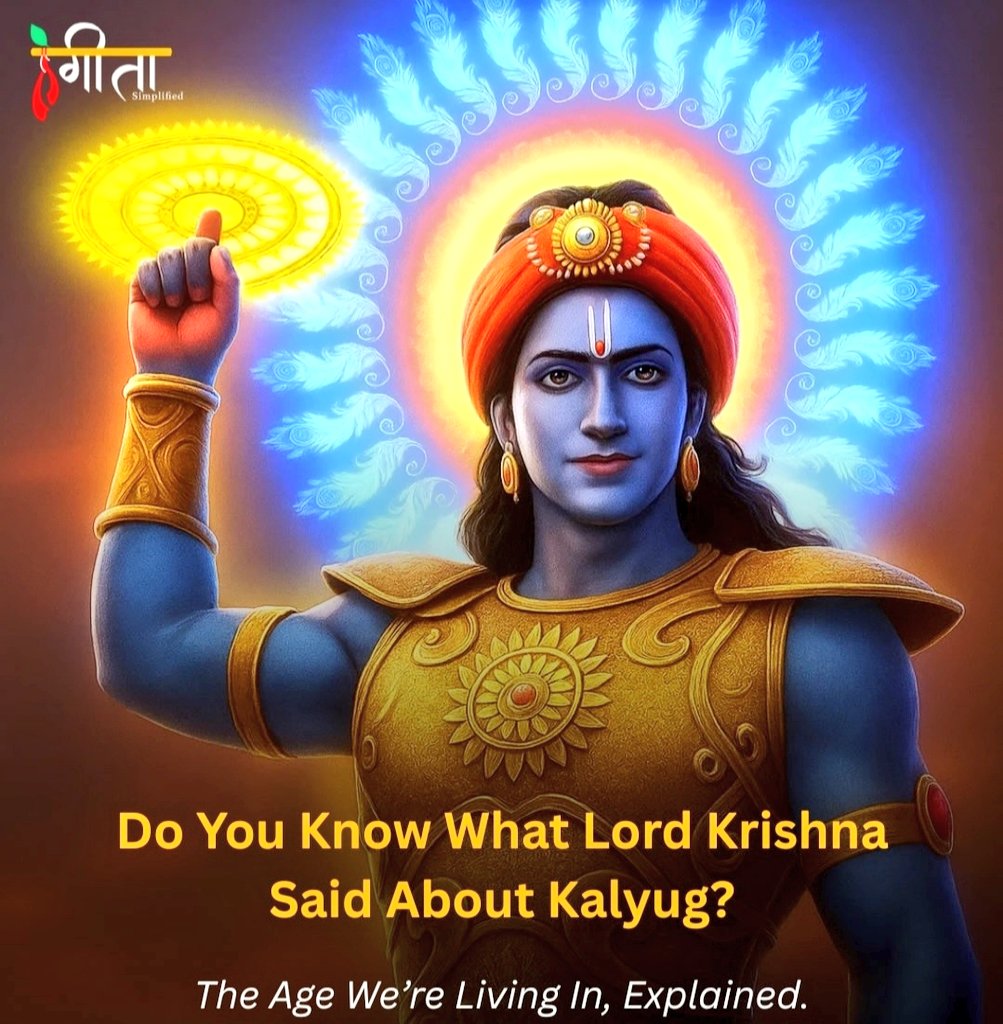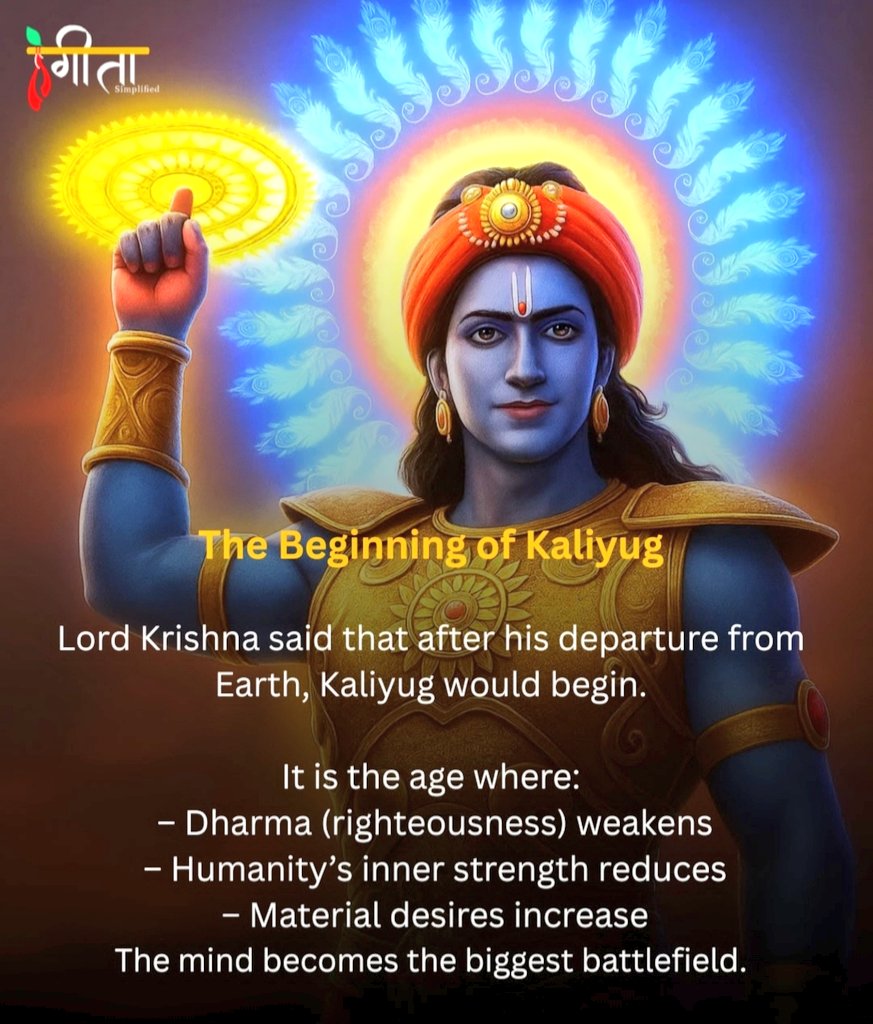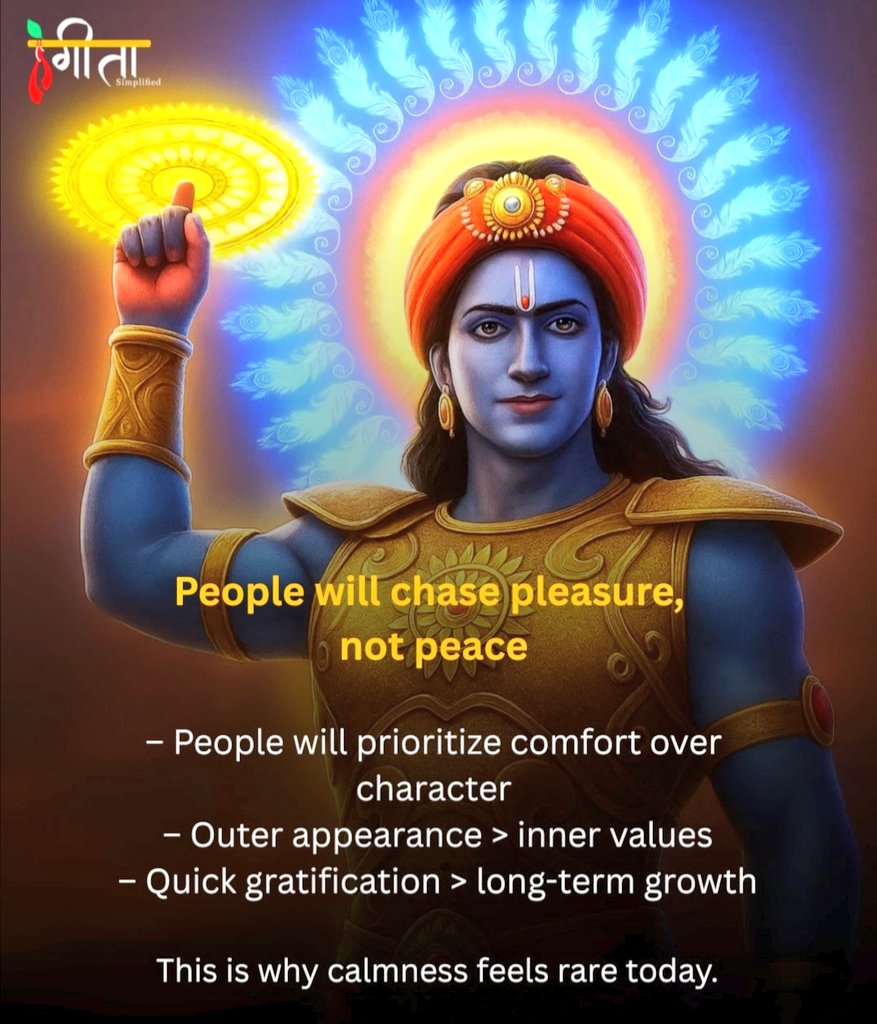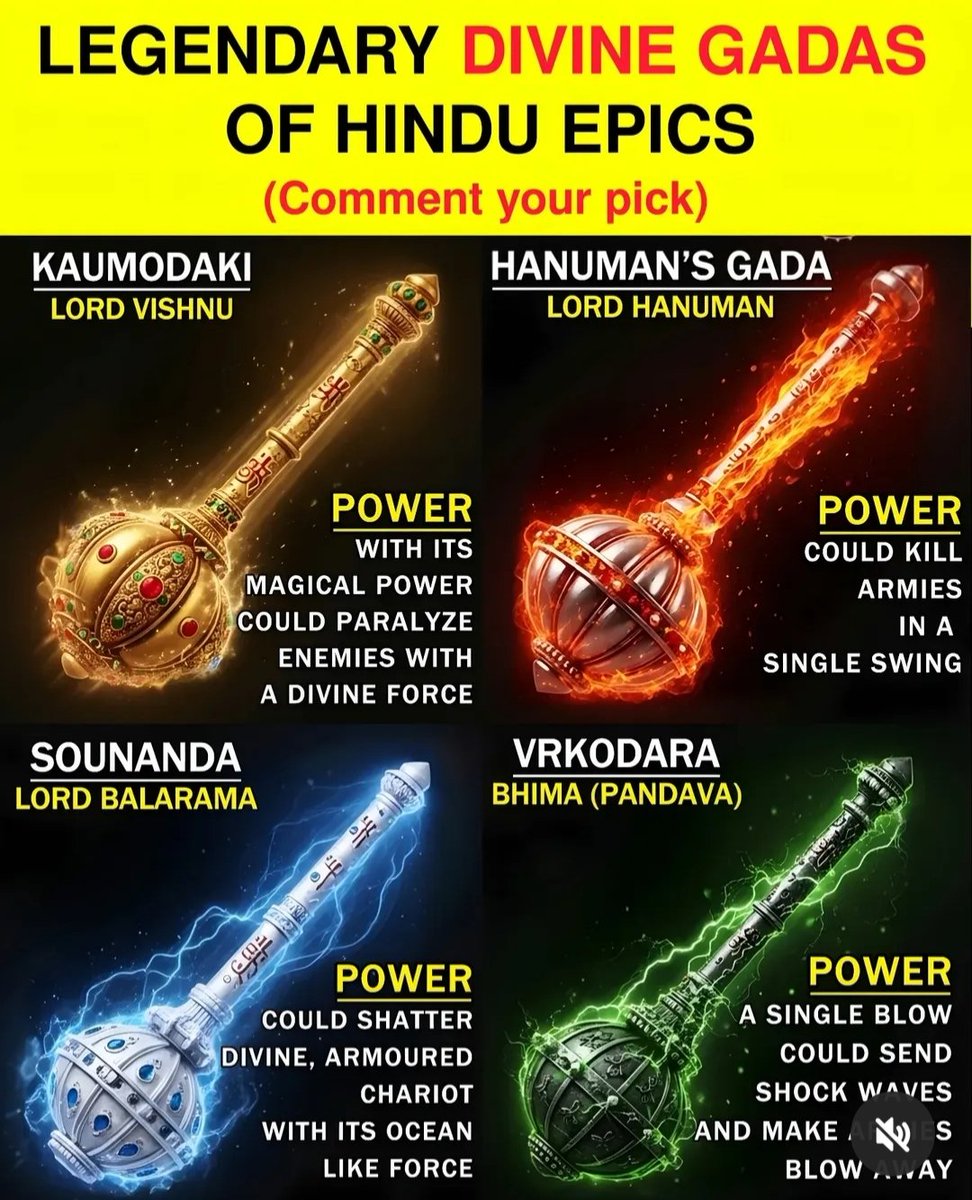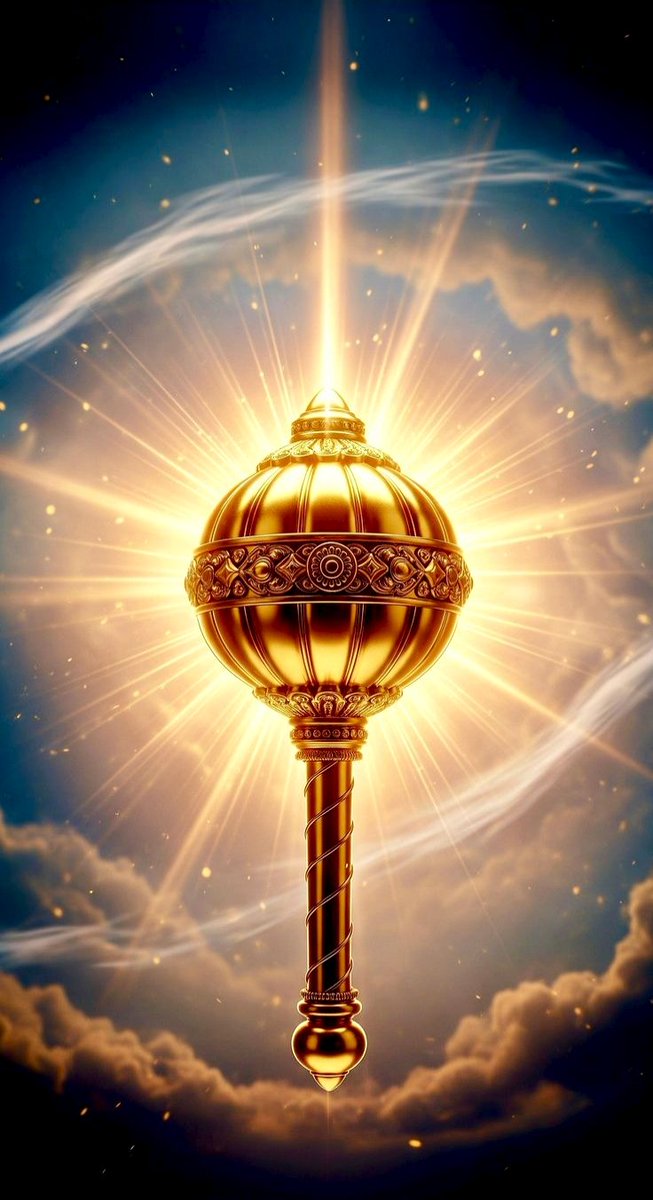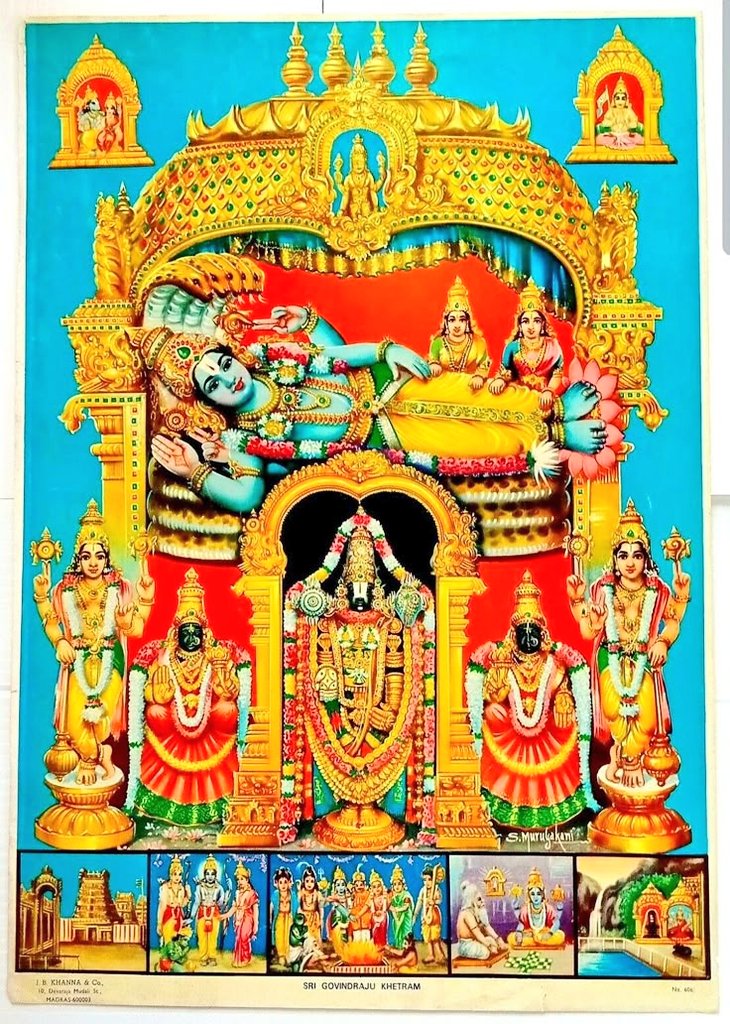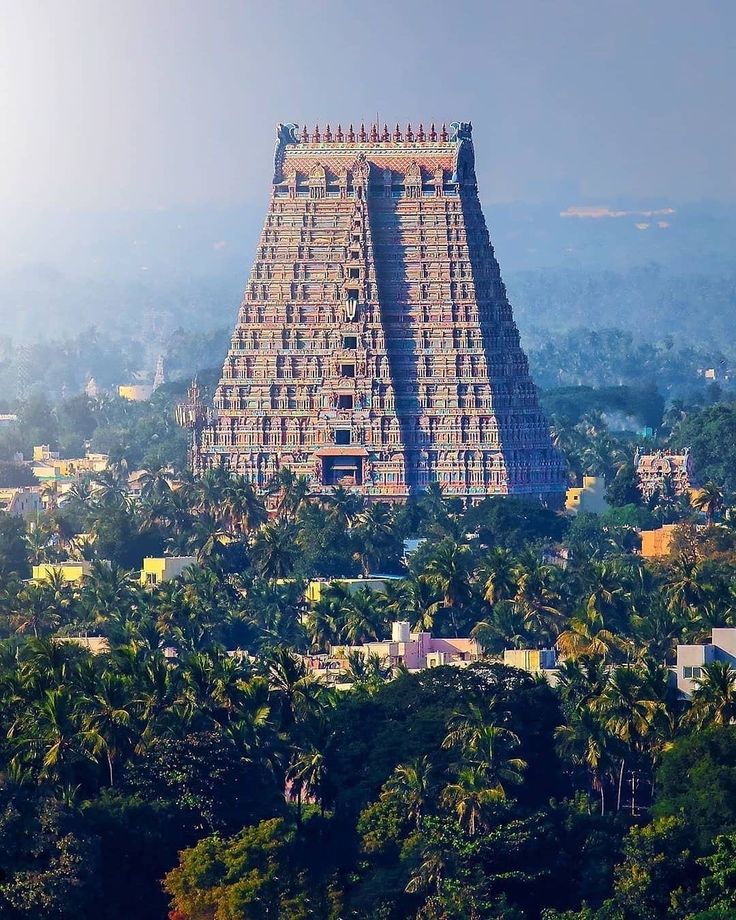🌺Journey of the soul after death and the Hindu rituals associated with it🌺
There is a frequency called fear frequency below 20 Hz (18.9 &less)which is very difficult for humans to hear, very few can hear it,avg humans can hear from 20 to 20000Hz
twitter.com/i/spaces/1DXxy…
There is a frequency called fear frequency below 20 Hz (18.9 &less)which is very difficult for humans to hear, very few can hear it,avg humans can hear from 20 to 20000Hz
twitter.com/i/spaces/1DXxy…

The life on Earth is destined for 100 years however when dharma is not followed, disrespect to elders, cheating others, the life span decreases.
Few second before death the person's pineal gland gets activated or some divine vision is granted which helps
Few second before death the person's pineal gland gets activated or some divine vision is granted which helps
visualise all past sin that one commited in around 40 to 50 seconds.
There are 9 gateway for soul to escape. 2 ears, 2 Nostrils, mouth, 2 eyes, anal, 2 Privy parts. When the soul leaves from above it is eligable to reach higher planets for enjoyment & from lower parts of body
There are 9 gateway for soul to escape. 2 ears, 2 Nostrils, mouth, 2 eyes, anal, 2 Privy parts. When the soul leaves from above it is eligable to reach higher planets for enjoyment & from lower parts of body
it reaches the hellish/lower planets.
In general 2 Yamduttas arrive to take the soul, the soul is so attached to the material body it won't leave so easily, so the Yamduttas uses a silver chord to pull the soul & break the connection between the body & the soul,
In general 2 Yamduttas arrive to take the soul, the soul is so attached to the material body it won't leave so easily, so the Yamduttas uses a silver chord to pull the soul & break the connection between the body & the soul,
even after coming out it would try to enter the body, it sees the members of the house crying & wants to reply that he is just next to them but due to lack of physical body nobody listens (it speaks below the frequency of humans ear around 18.9 Hertz).
Only when the body is taken for cremation & when the body is burnt to ashes,soul accepts the reality. In the process when soul is being pulled the pain is similar to poison of 40000 scorpions,more the attachment to relatives, fame,money etc more the pain while leaving the body.
So it's better to detach/donate & lessen the pain when alive.
Now because it doesn't have a body, it stays here for a while observing the rituals, everyday after a certain ritual it gets a temperorary body part.
Now because it doesn't have a body, it stays here for a while observing the rituals, everyday after a certain ritual it gets a temperorary body part.
Day 1 - Head, later neck and so on. Untill day 10 the body is complete & now it feels hungry so the food is organised on 11th & 13th day by inviting Brahmins & little portion reaches them.
• • •
Missing some Tweet in this thread? You can try to
force a refresh


